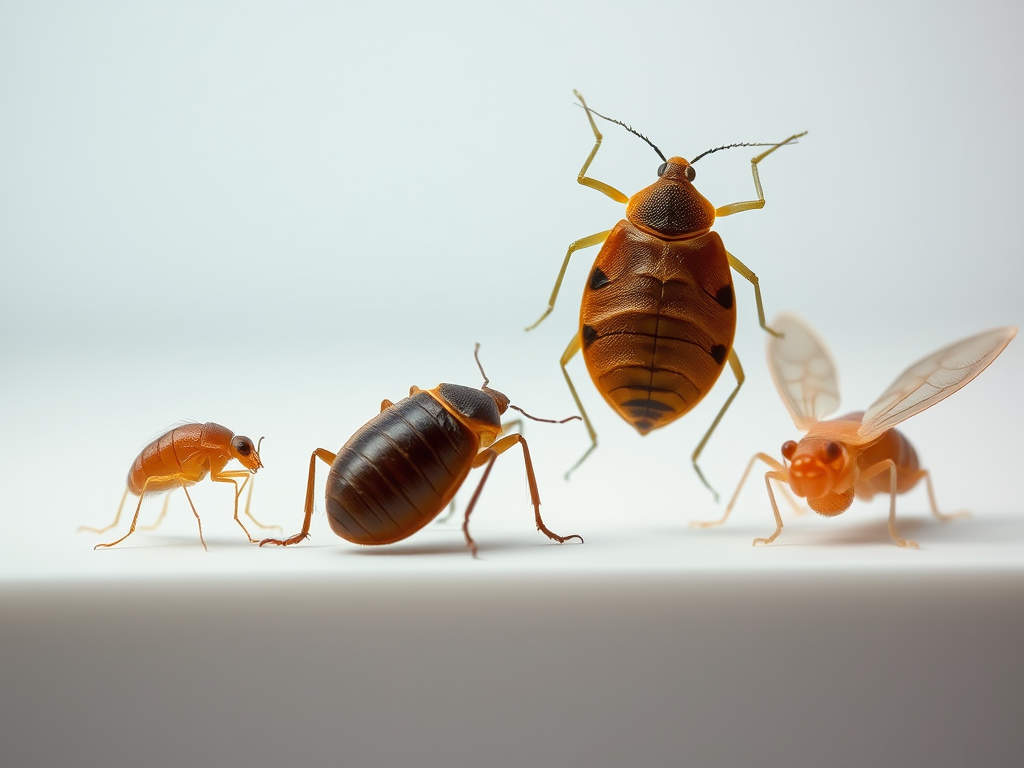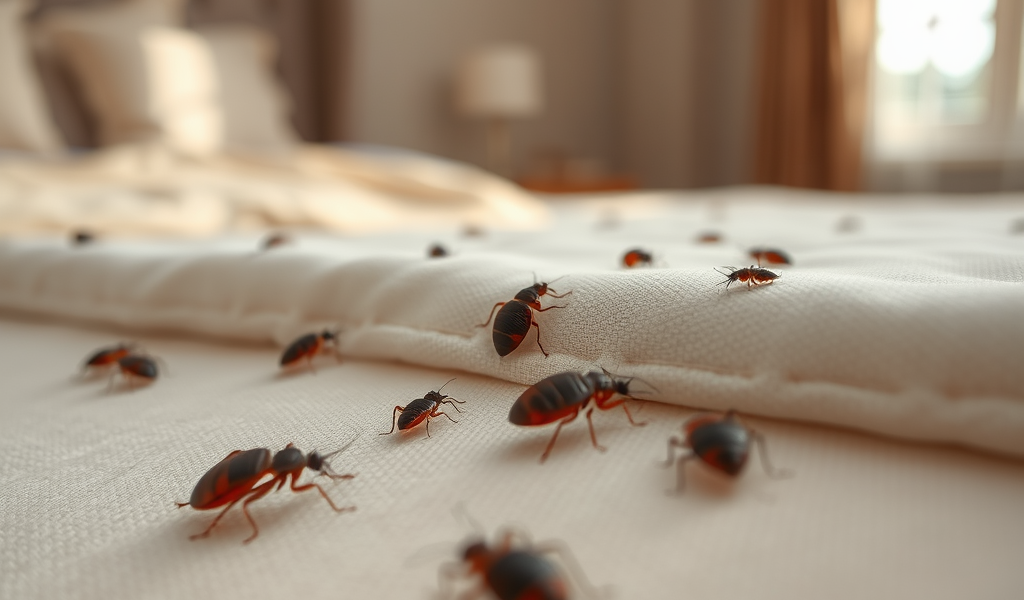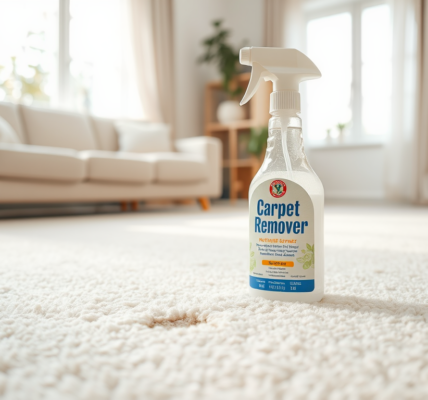Imagine settling into your cozy bed after a long day, only to discover unwelcome guests lurking beneath your sheets. Among these pests, bed bugs are notorious for their ability to turn a peaceful night into a sleepless nightmare. However, identifying these elusive creatures is not always straightforward. Many household pests bear a striking resemblance to bed bugs, leading to confusion and costly misidentifications. In a battle against pests, proper identification becomes the first line of defense, influencing the success of pest control strategies significantly. This article delves into the world of bed bug look-alikes and emphasizes why discerning the true culprit is essential for effective pest management.
Bed bugs, recognizable by their small, flat, oval bodies, thrive in environments providing easy access to their hosts. They are primarily nocturnal and generally prefer to feed on human blood, making them particularly invasive within homes. Understanding their life cycle is crucial for homeowners looking to foil their plans. Bed bug eggs hatch into nymphs that evolve into adults through multiple molts. This cycle can lead to rapid infestations if not promptly addressed. As we explore this topic, we will also highlight other pests that may be mistaken for bed bugs, underscoring the importance of recognizing distinct features among these similar species.
Understanding Bed Bugs

Bed bugs have a life cycle that begins with eggs, which are tiny and nearly translucent, making them difficult to spot. Once hatched, nymphs grow through five stages before reaching maturity, each stage requiring a blood meal to progress. Adult bed bugs can be more easily spotted as they grow larger and their color shifts from a light brown to a darker reddish-brown after feeding. The ability to identify these stages can prove critical when attempting to eradicate an infestation. Furthermore, bed bugs can live for several months without feeding, complicating effective monitoring.
Common Bed Bug Look-Alikes

While bed bugs are a well-known household nuisance, several pests mimic their appearance. Misidentifying these look-alikes can lead to misguided actions that may exacerbate the problem. Awareness of these pest alternatives and their nuances is essential for taking the right steps in pest management.
- Fleas: Unlike bed bugs, fleas are smaller and have a more elongated body with powerful hind legs for jumping.
- Dust Mites: These tiny creatures are often found in bedding and carpets, but they are microscopic, making them hard to see.
- Bat Bugs: Very similar to bed bugs in appearance, bat bugs tend to inhabit areas close to bat colonies.
- Spider Beetles: These insects have round bodies and can easily be confused with bed bugs due to their color and size.
| Pest | Size | Color | Feeding Habits |
|---|---|---|---|
| Bed Bug | 4-5 mm | Reddish-brown | Human blood |
| Flea | 1-4 mm | Dark brown | Animal blood |
| Dust Mite | 0.2-0.3 mm | Translucent | Organic debris |
| Bat Bug | 4-5 mm | Reddish-brown | Bat blood |
| Spider Beetle | 3-5 mm | Dark brown | Organic material |
Misidentifying pests can have significant consequences that extend beyond mere discomfort. Incorrect identification may lead to ineffective control measures, wasting time and resources while allowing the problem to escalate. Additionally, the stress of an undetected infestation can negatively impact household health. Recognizing the specific traits that distinguish bed bugs from their look-alikes is the key to effective pest management.
Tips for Proper Identification
To assist homeowners in differentiating between bed bugs and their look-alikes, consider utilizing several practical tips. Firstly, creating visual identification guides—including clear images and descriptions—is invaluable. Always take the time to compare size, shape, and feeding habits when trying to discern which pest is present. Furthermore, consulting with pest control professionals can provide expert guidance, ensuring that the right identification leads to effective treatment.
Conclusion
Throughout this exploration of bed bug look-alikes, we have established that proper identification is not just beneficial; it is critical. Recognizing the distinctive features of bed bugs and their mimics can steer your pest management efforts in the right direction. Acting promptly at the first sign of pest activity significantly reduces the risk of a larger, more difficult-to-manage infestation. Stay vigilant, empowered, and informed, for effective pest control begins with accurate diagnosis.
Frequently Asked Questions
- What are the signs of a bed bug infestation?
- Look for bites on the skin, blood stains on sheets, or live bugs in bedding.
- How can I differentiate between bed bugs and other pests?
- Use characteristics like size, shape, and feeding habits to compare.
- Should I attempt to remove bed bugs on my own?
- It’s advisable to consult a pest control professional for effective treatment.
- How do bed bugs reproduce?
- Bed bugs reproduce through a process called traumatic insemination, where males mate with females via direct piercing.
- Are bed bug bites dangerous?
- While not typically dangerous, bites can lead to allergic reactions and secondary infections if scratched.










